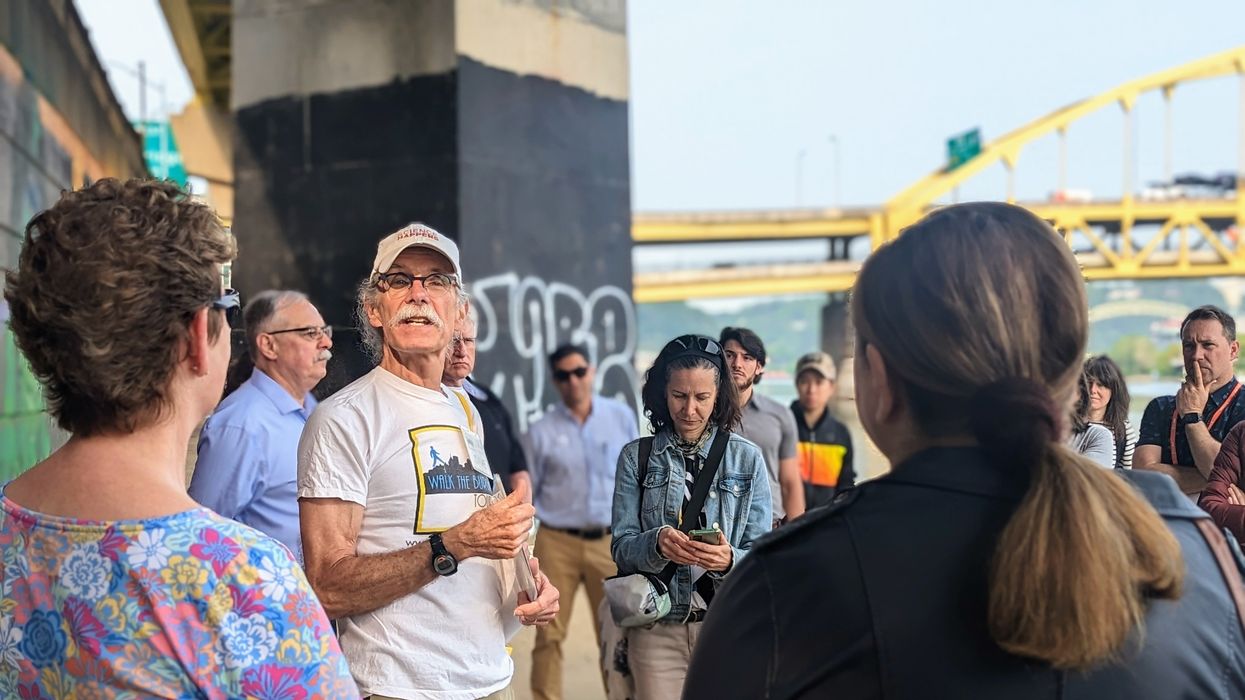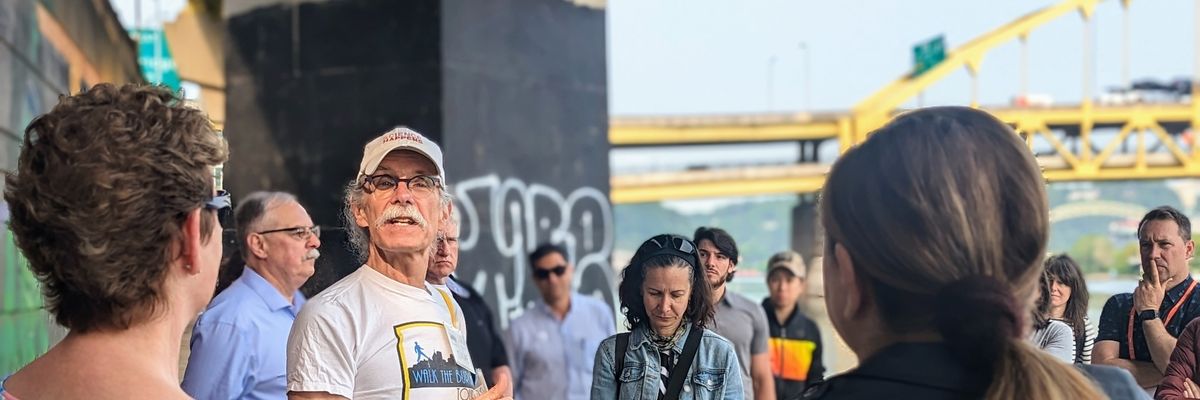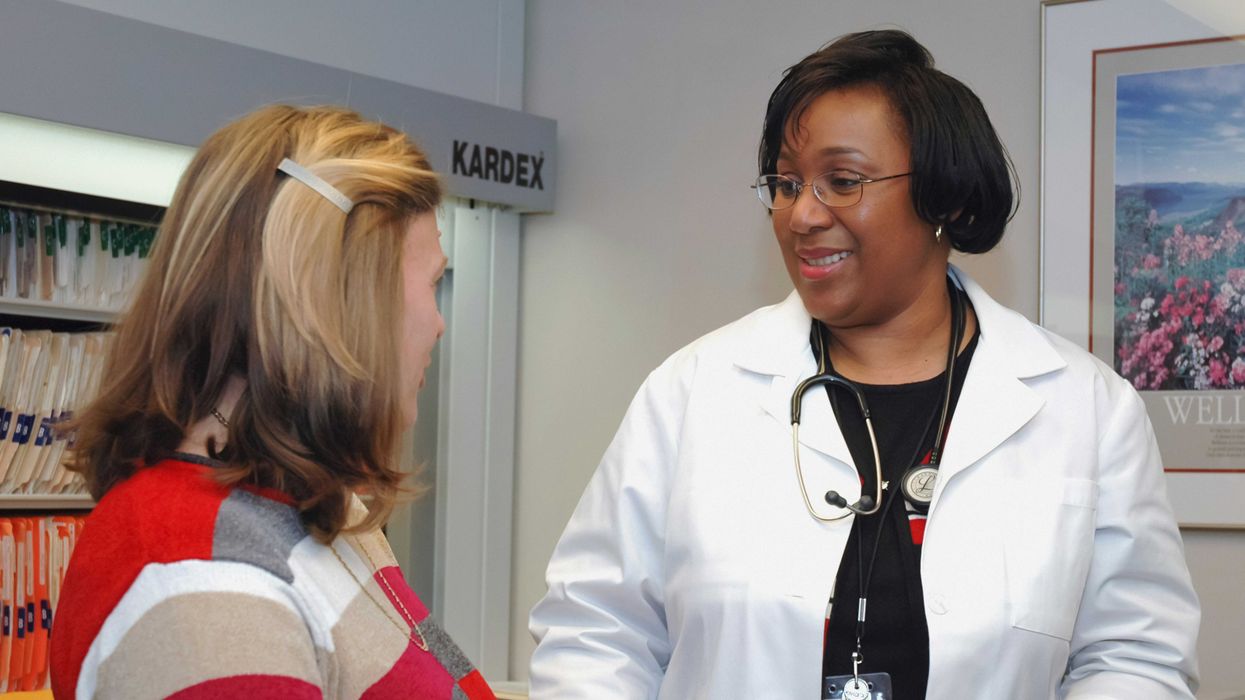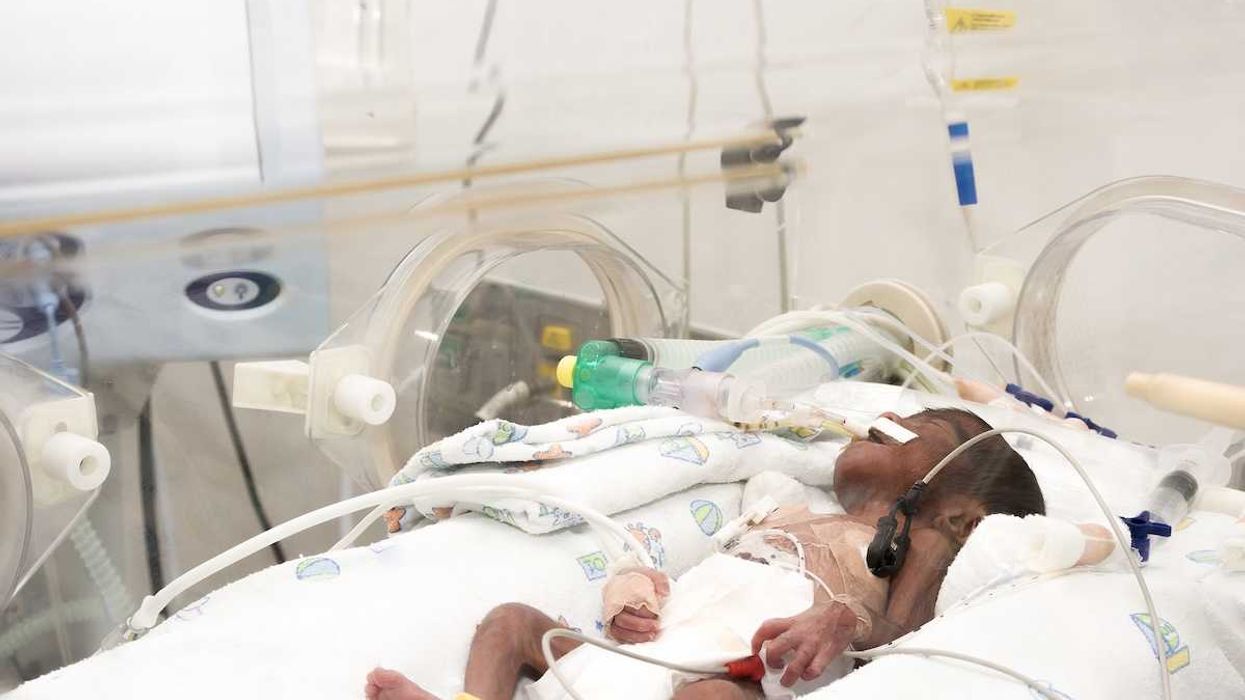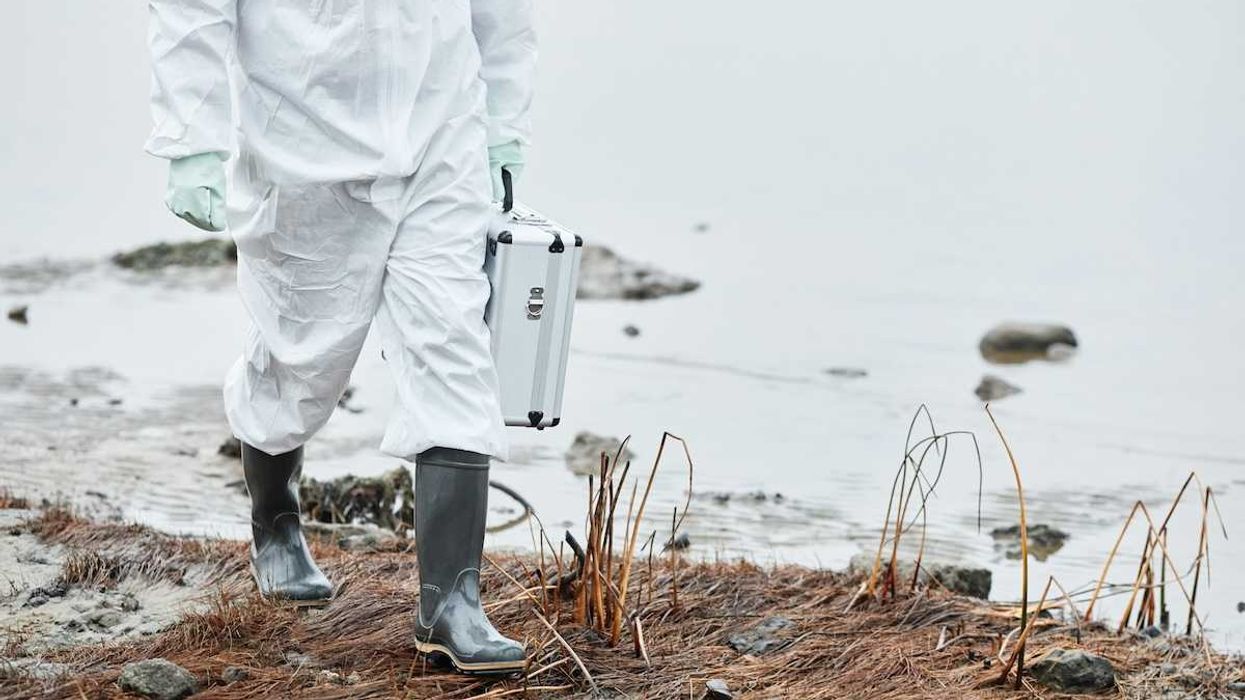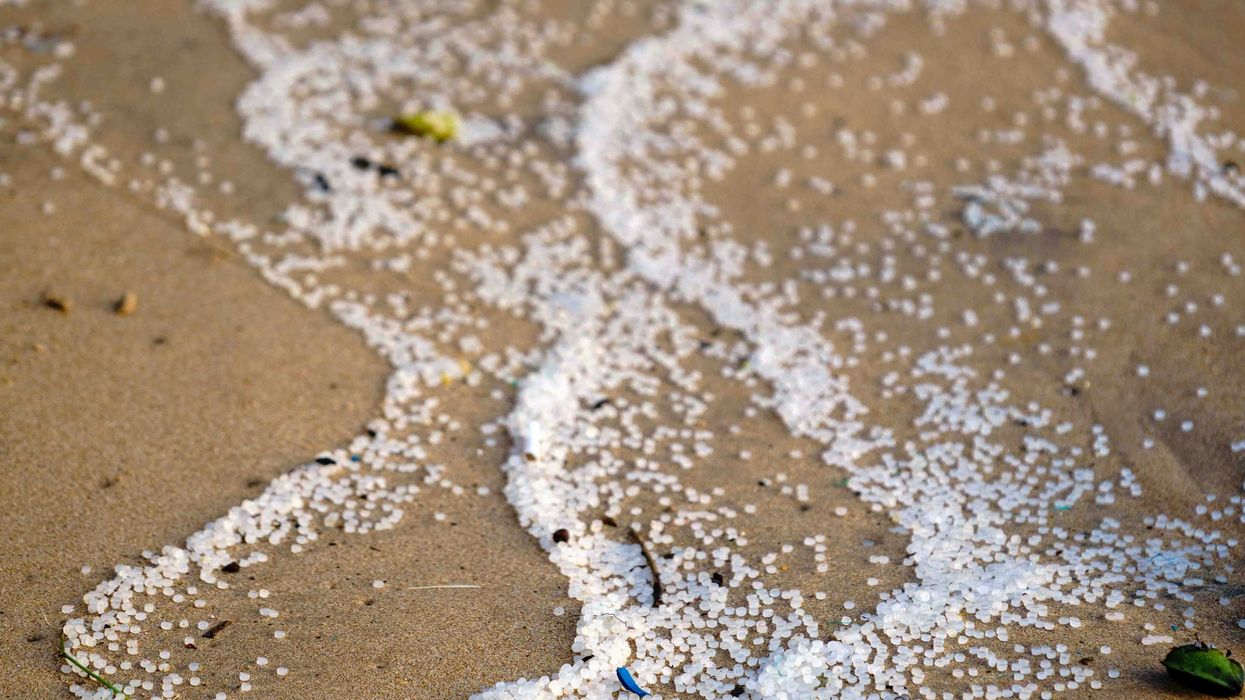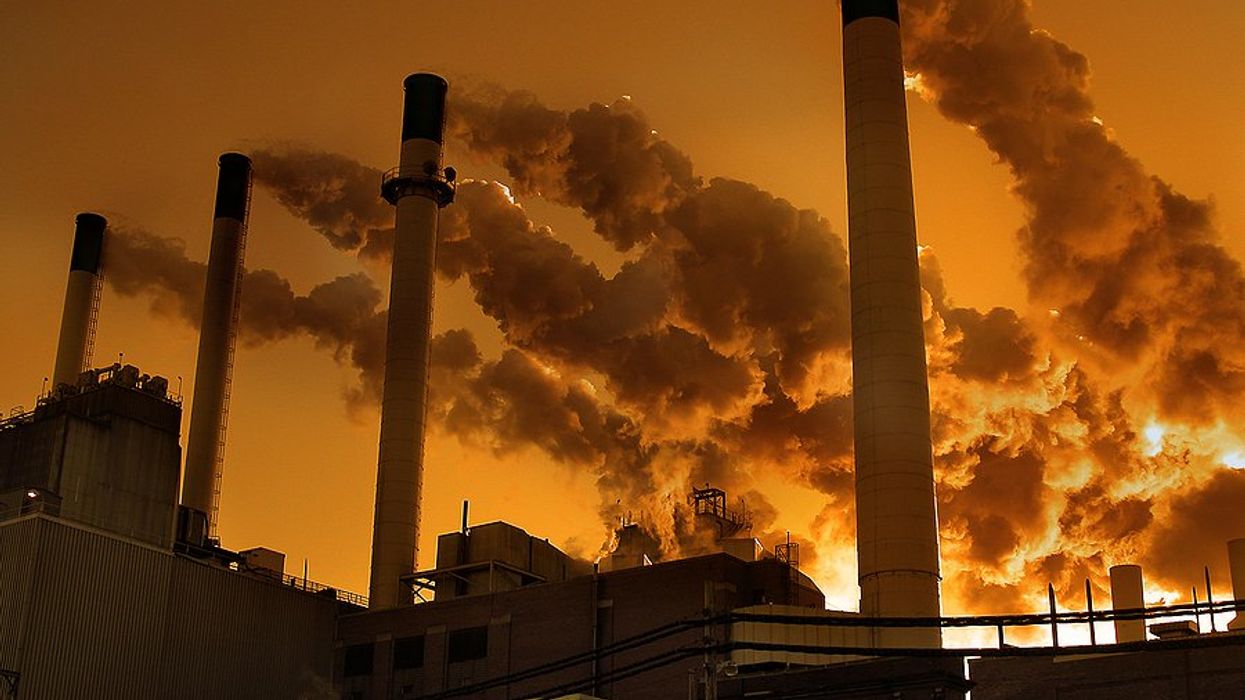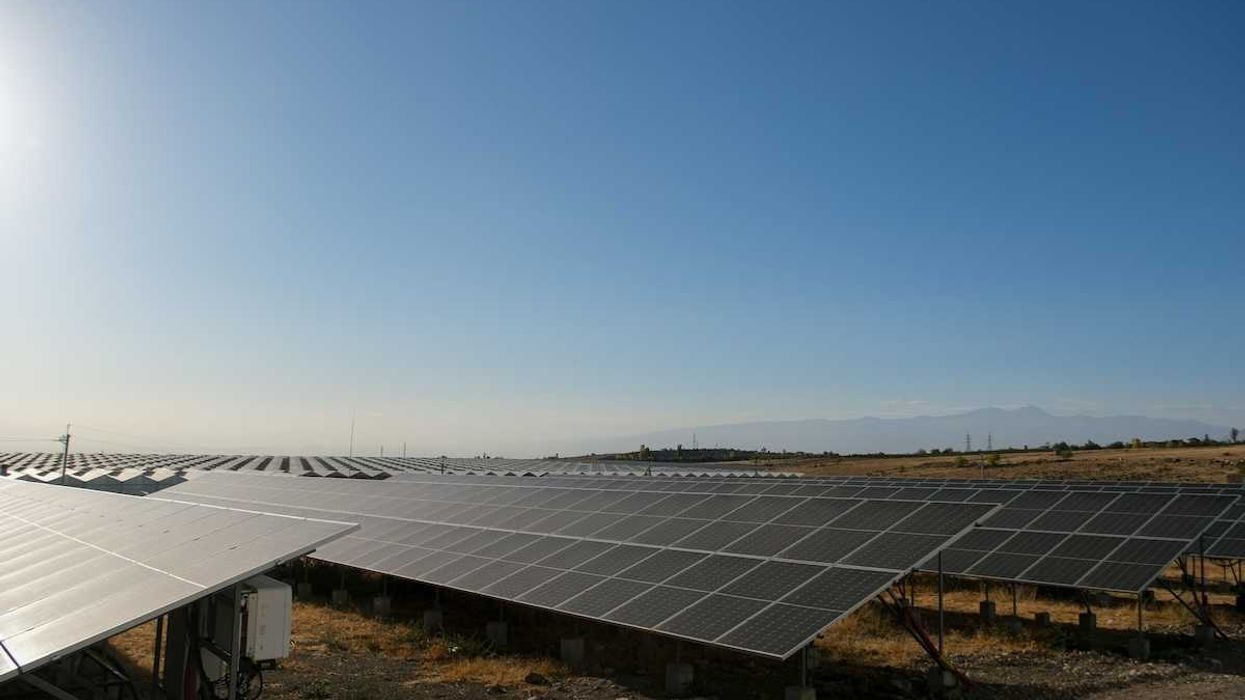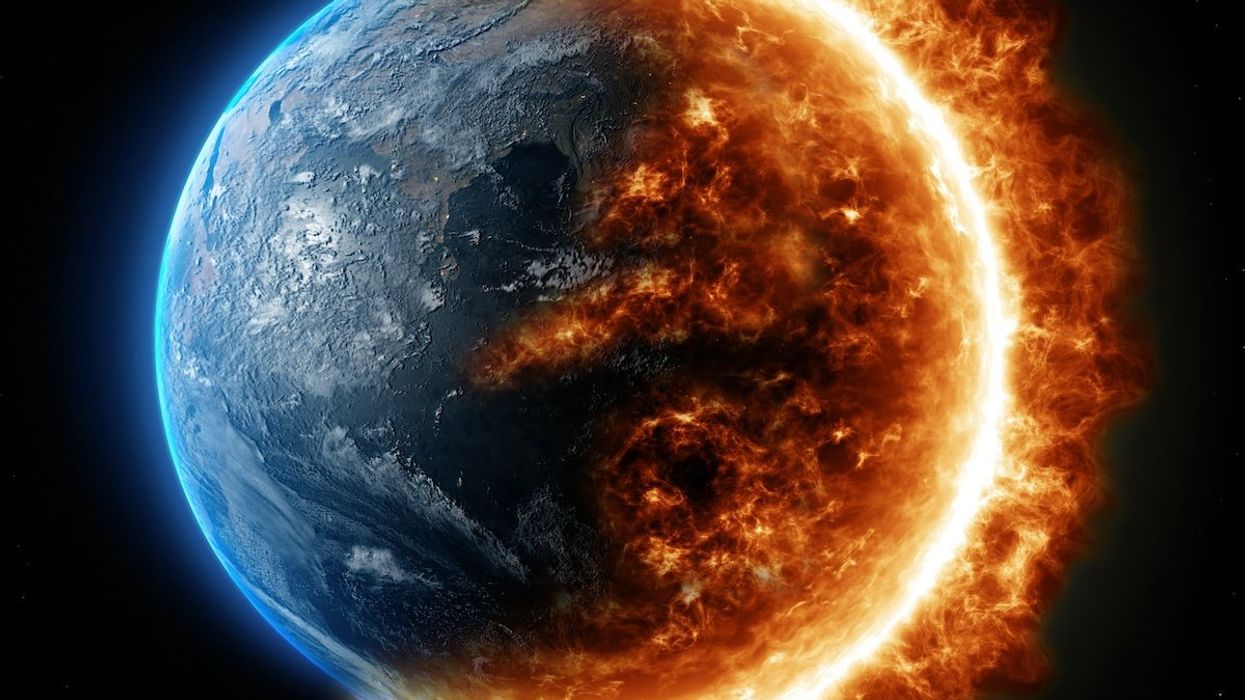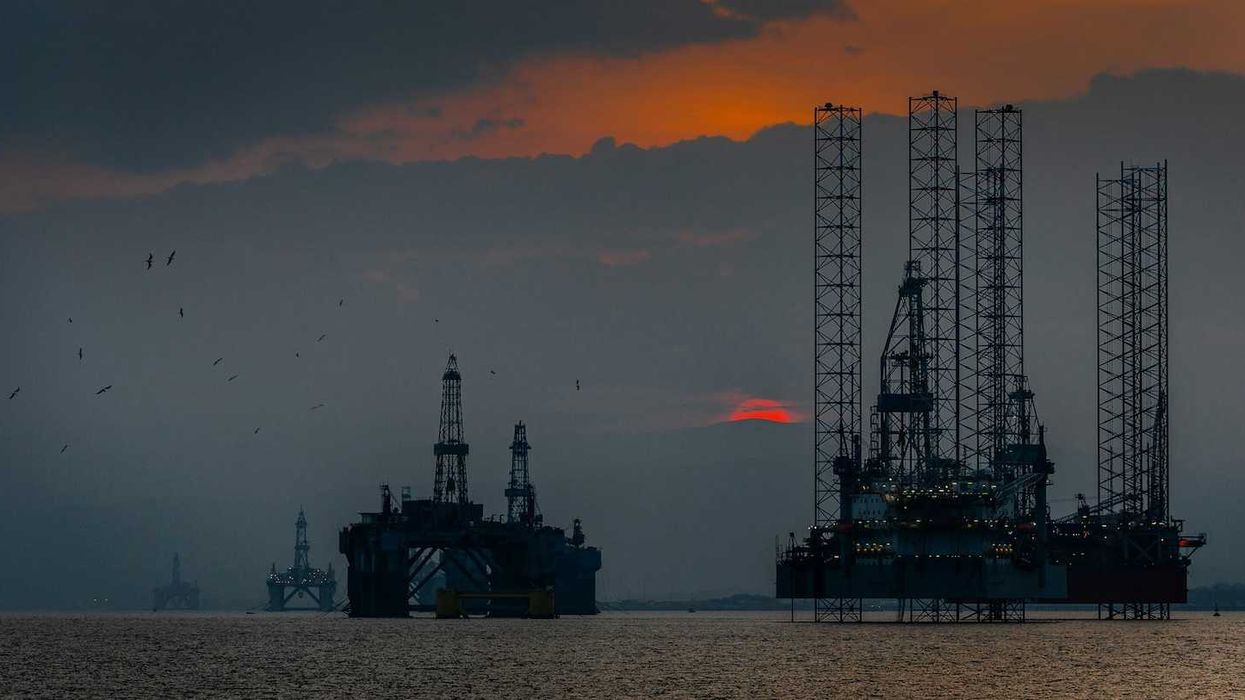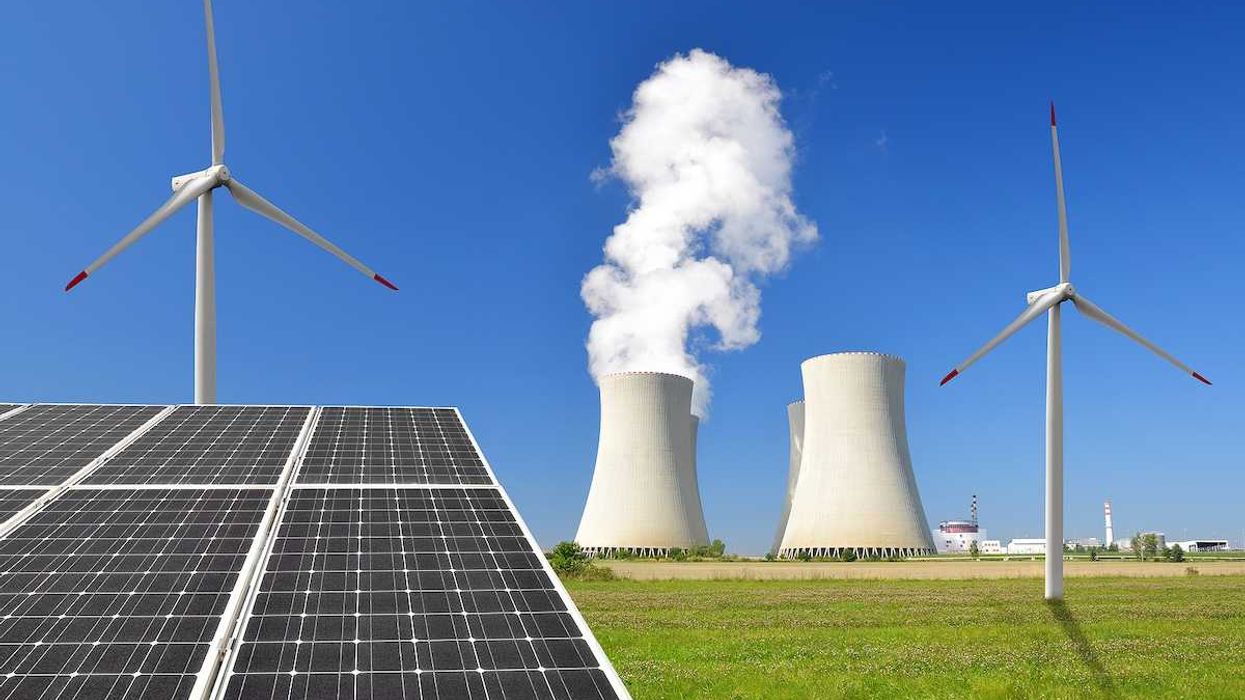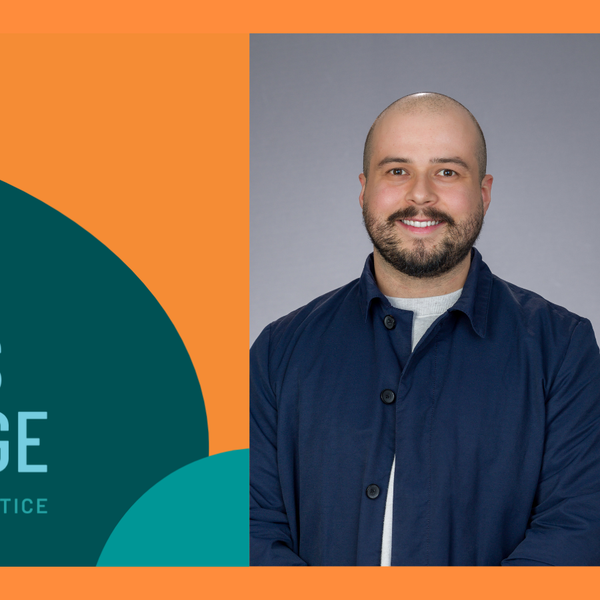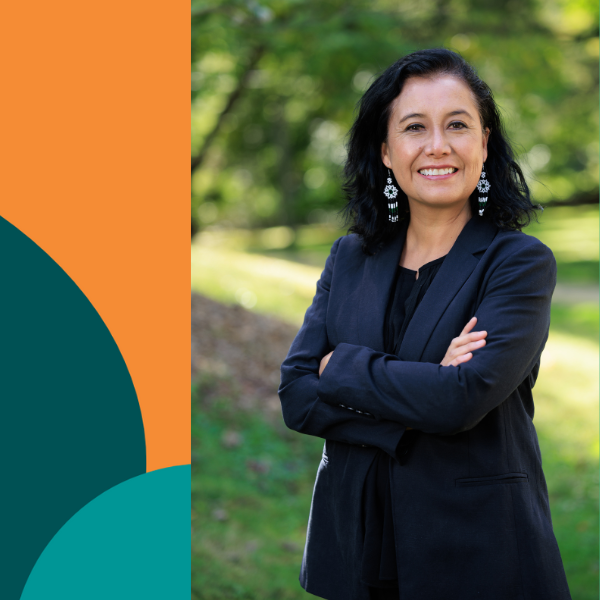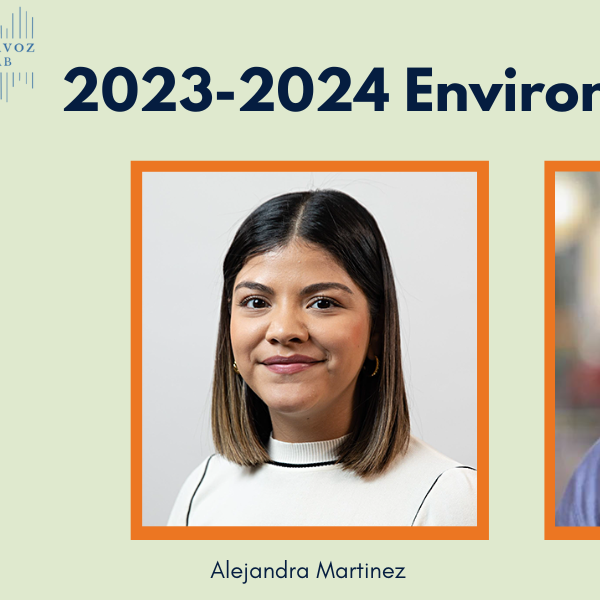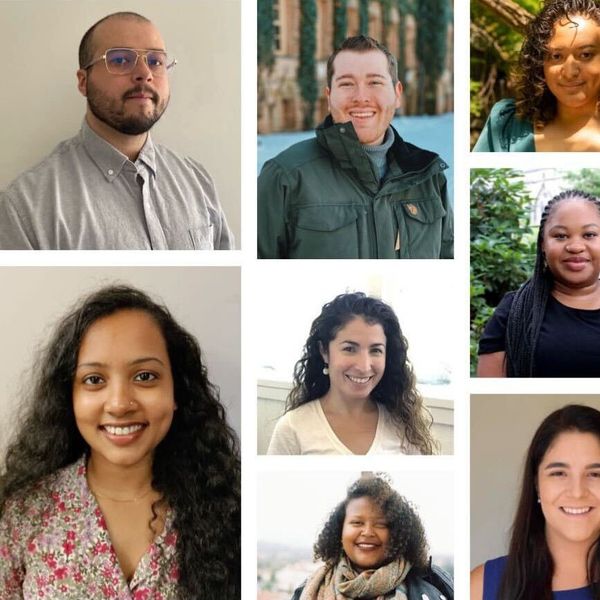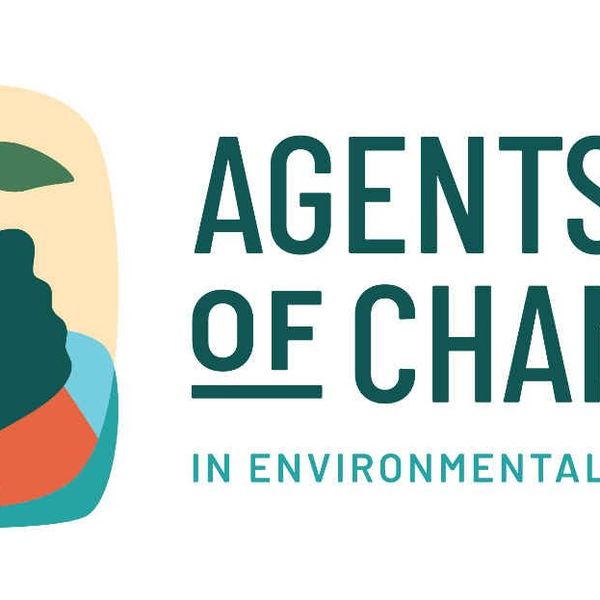PITTSBURGH — A group of about 50 health care workers including doctors, nurses and public health officials from across the U.S. attended an “environmental justice walking tour” in Pittsburgh this morning.
They’re here for CleanMed, a three-day conference on sustainability in the healthcare industry. Participants in the pre-conference tour walked along the river trail downtown, learning about the city’s industrial past and ongoing problems with pollution.
Walking along the Allegheny River with scenic views of the city’s iconic yellow bridges on a clear, sunny day, the group learned that pollution from the steel industry was once so bad Pittsburgh was nicknamed “hell with the lid off.” They heard the story of the deadly Donora smog incident nearby that spurred the creation of the federal Clean Air Act, and learned about the ways early industrialists like Andrew Carnegie and Henry John Heinz shaped the city.
During a stop in front of the Point State Park fountain, many tour participants pulled out their phones to take pictures of fully loaded coal barges.
“Even seeing all of that coal in the barges is interesting,” Katya Simkhovich, a relationship manager at Ceres, a nonprofit that helps corporations (including those in the health care sector) reach their sustainability goals, told EHN. “When you work in the sustainability space every day, it’s easy to forget that’s still happening. It’s kind of a harsh reminder that the wheels keep turning even while we're trying to reinvent which wheels we’re using.”

Glenn Olcerst, an advocate with the community group Rail Pollution Protection Pittsburgh, talked about the threats posed by budget cuts and lack of maintenance on the rail lines, pointing to the recent train derailment in East Palestine, Ohio.
Credit: Kristina Marusic for Environmental Health News
The tour also made a stop beneath a rusty, visibly dilapidated Norfolk Southern rail bridge that crosses the river in front of the convention center where the conference is being held. Glenn Olcerst, an advocate with the community group Rail Pollution Protection Pittsburgh, talked about the threats posed by budget cuts and lack of maintenance on the rail lines, pointing to the recent train derailment in East Palestine, Ohio, as an example of what can go wrong.
“If that happened here, they’d have to evacuate 300,000 people,” Olcerst said. “This is a problem for Pittsburgh, but this is also a nationwide problem.”
The rail line represents a primary route for hazardous chemicals and explosive oil and gas products on the East Coast, according to Olcerst, and travels through 27 of Pittsburgh’s most populated neighborhoods. He also noted that an estimated 70% of Pittsburgh's low-income minority communities live within a blast zone, a clear example of environmental injustice.
Human rights healthcare approach

Walking along the Allegheny River with scenic views of the city’s iconic yellow bridges, the group learned about how pollution from the steel industry was once so bad that Pittsburgh was nicknamed “hell with the lid off."
Credit: Kristina Marusic for Environmental Health News
After the two-hour walking tour, the group met with local environmental justice advocates for a roundtable discussion.
Germaine Gooden Patterson, a community health worker at Women for a Healthy Environment, talked about ongoing air pollution problems from U.S. Steel’s Clairton Coke Works about 15 miles south of Pittsburgh, and discussed the region’s ongoing problems with childhood lead exposure.
NaTisha Washington, an environmental justice organizer for 412 Justice, said it’s challenging to convey to residents that many of their health issues are related to the region’s environmental challenges, particularly in the face of disinformation being spread by polluting industries in the region.
“These industries tell people the air here used to be bad, but now it’s fine,” she said. “I had childhood asthma, and when I was in school it seemed like it was just normal for one in every three kids to have it. It wasn't until I got into environmental justice work that I found out we had higher than average rates of childhood asthma and that our air pollution was driving that.”
Jackie Smith, a Professor of Sociology at the University of Pittsburgh and local organizer with the Pittsburgh Human Rights City Alliance, discussed local initiatives to take a human rights-centered approach to health care, noting that access to healthy food and housing, along with clean air and water, are just as important to health as access to medical care and treatment are.
“Caring for people’s health doesn’t just take place in clinics and hospitals,” Smith said. “We’ve got to look upstream and put our energy into addressing the problems that put people in clinics and hospitals in the first place.”
- How environmental justice work takes a toll on people of color ›
- A guide to environmental health in southwestern Pennsylvania ›
- Here’s how candidates for Allegheny County Executive plan to tackle environmental injustice ›
- Tiny particles of air pollution appear more deadly if from human-made sources ›
- Environmental injustice in Pittsburgh: Poor, minority neighborhoods see higher rates of deaths from air pollution ›
- Pittsburgh-area hospitals tackling climate emissions, pollution and waste - EHN ›
- Should hospitals be next to divest from fossil fuels? - EHN ›
- East Palestine 6 months later: Health issues persists and answers are elusive - EHN ›
- The things I'm hopeful about in 2024 as an environmental reporter - EHN ›

